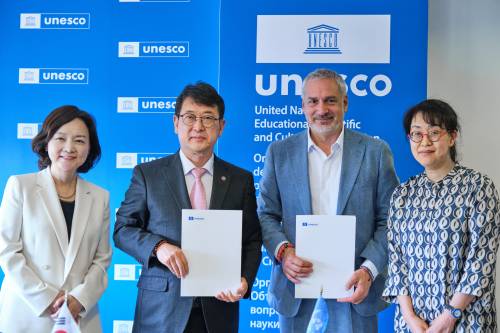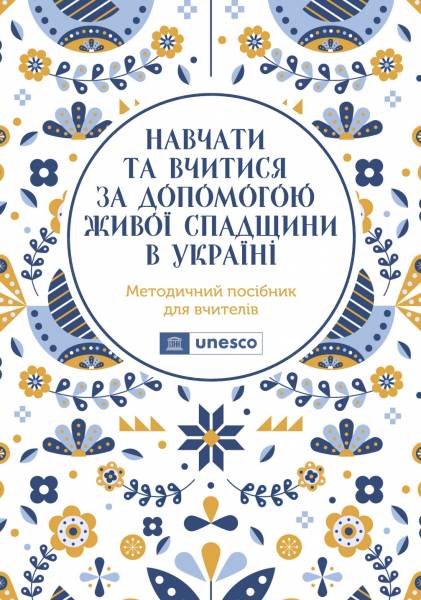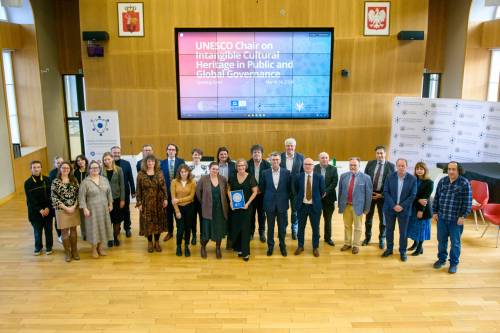In cooperation with national partners, UNESCO launched a community-based needs identification for living heritage among communities, groups and individuals from Ukraine displaced in five neighbouring countries: Hungary, Moldova, Poland, Romania and Slovakia. The needs identification was highlighted as a priority area of action during a coordination meeting organized by UNESCO in support of the safeguarding of Ukrainian living heritage on 18 March 2022.
In addition to the material damage and devastating loss of human life, the critical situation in Ukraine is negatively impacting the social fabric of Ukrainian society, tearing families apart and forcing millions of women, children, and older adults to flee their homes. As a result, the living heritage of communities in Ukraine, a fundamental part of their identity, resilience, and continuity, is under threat.
The exercise is in line with the Operational principles and modalities for safeguarding intangible cultural heritage in emergencies which emphasizes that communities should be the primary actors in identifying how their intangible cultural heritage may be affected by the crisis, how they might safeguard it as well as how they might draw on it as a tool for resilience and recovery.
The needs identification exercise will continue until end of June 2022, under the coordination of the Institute of Ethnology and Social Anthropology at the Slovak Academy of Sciences. Based on the needs identified, a series of concrete projects will be developed to support the safeguarding of Ukrainian living heritage.
For further information on UNESCO’s action for Ukraine, see: unesco.org/en/ukraine-war
For more information on living heritage and emergencies, visit our dedicated webpage.




